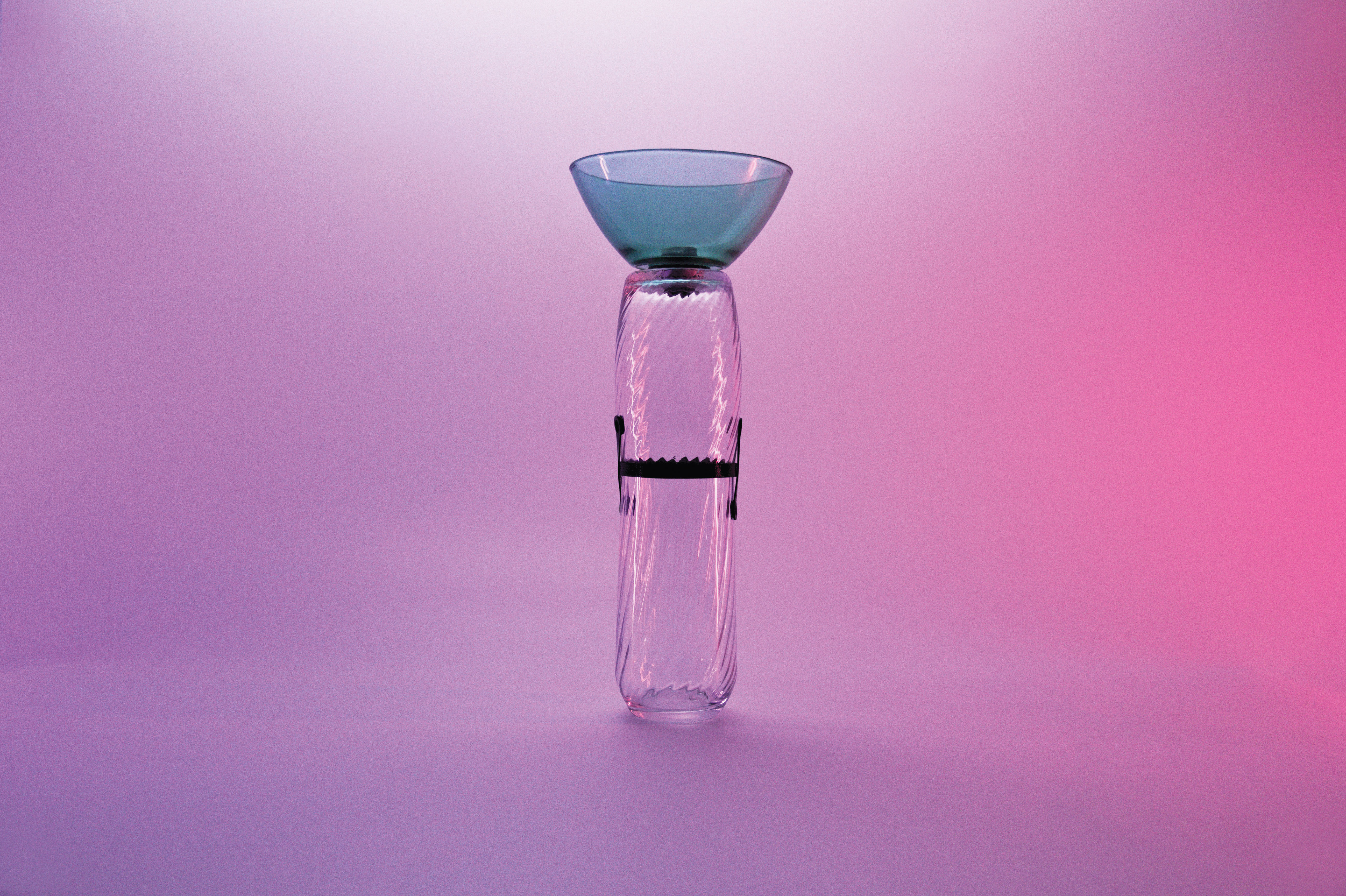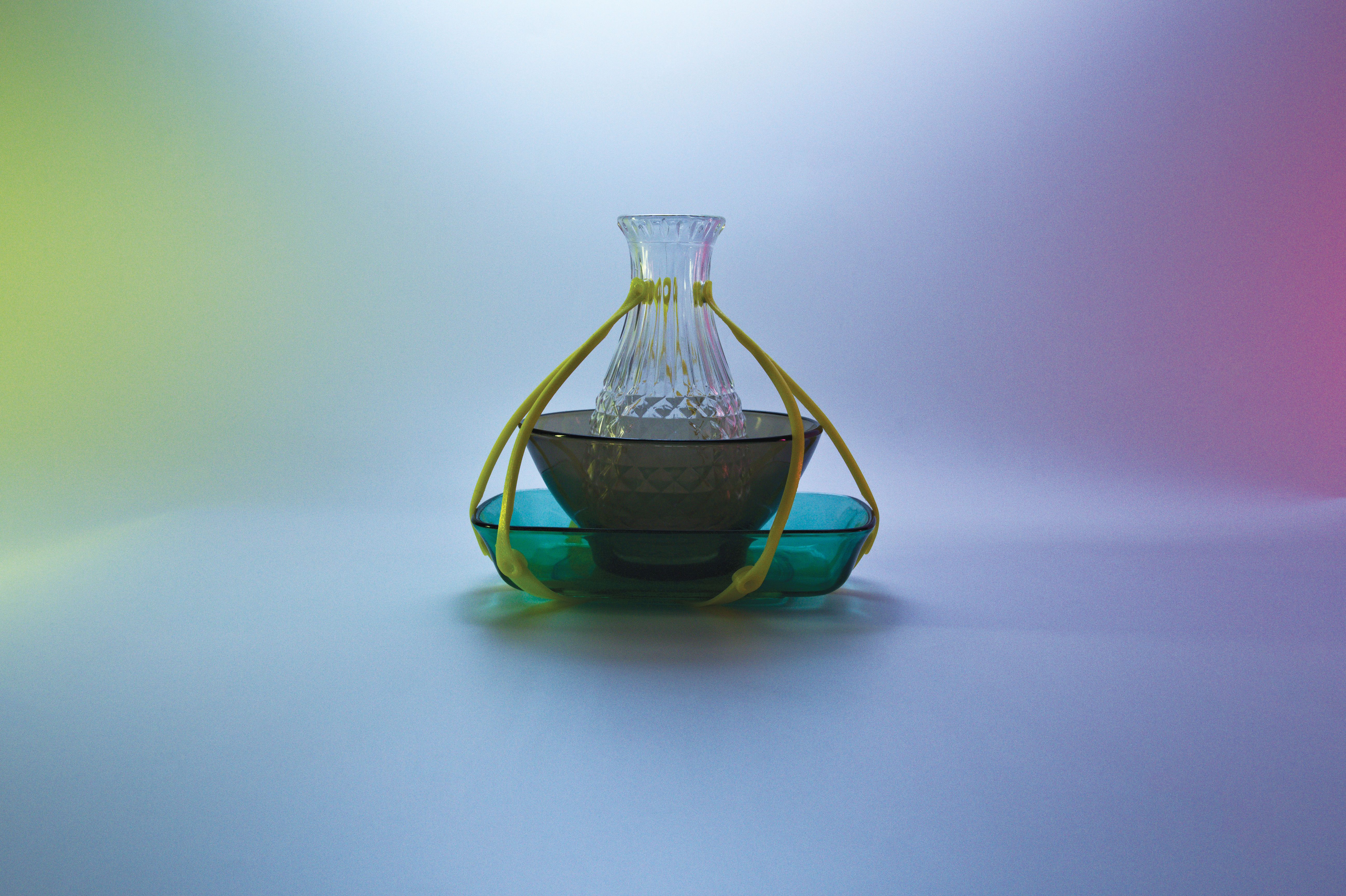Les Impromptus
2017
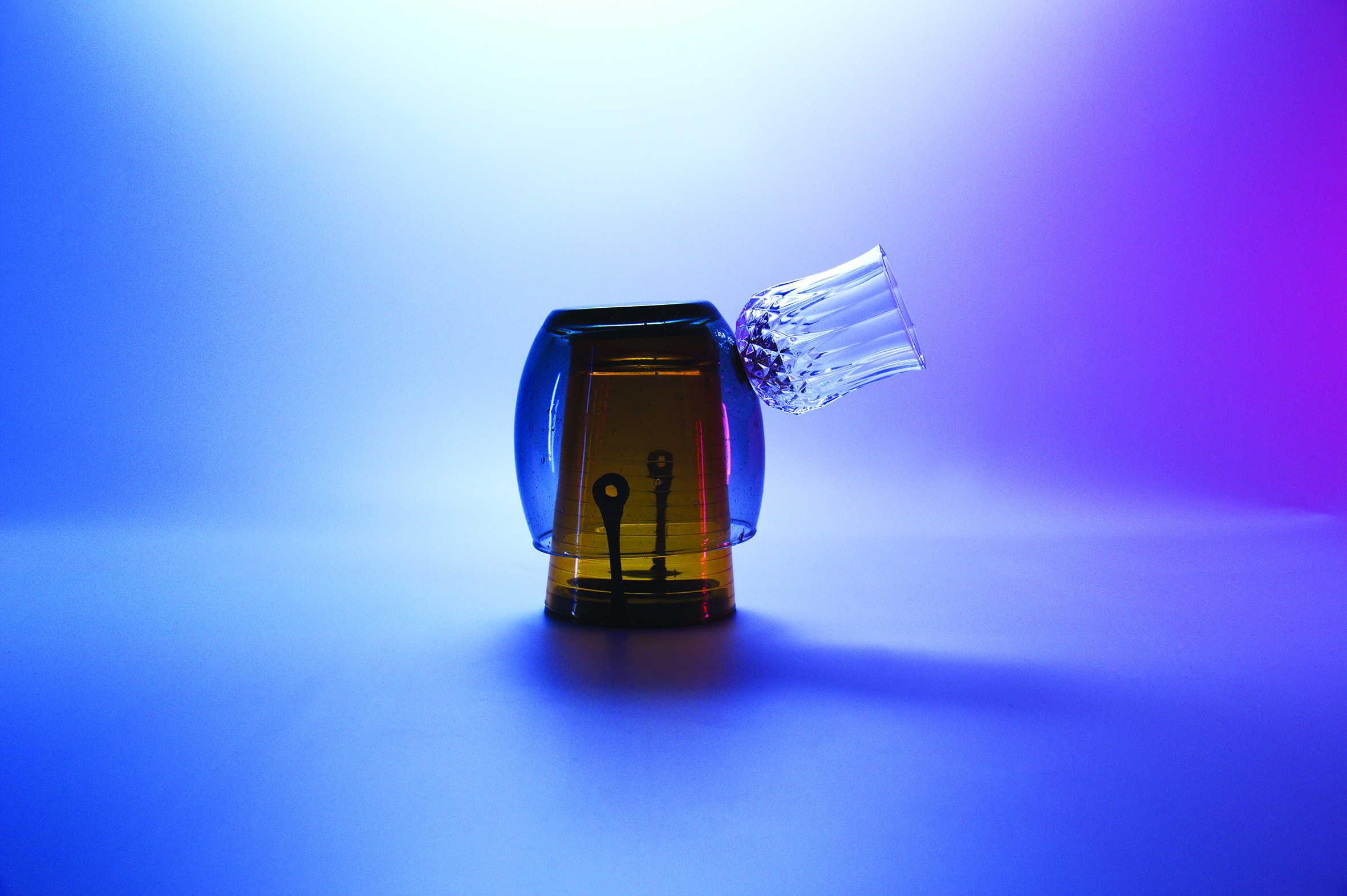
A family of glass creatures advocating for new upcycling techniques and the valorization of the circular economy.
A family of glass creatures advocating for new upcycling techniques and the valorization of the circular economy.
Looking at the excess of certain item typologies in second-hand stores - glassware in this case -, Les Impromptus propose a process of upcycling that would cast a new light on these overlooked objects as well as it could generate new business models for social second-hand stores.
Case
In France, associations such as Emmaüs or La croix rouge have constituted a wide network of social second-hand stores where they collect, repair and re-sell at low prices items from the everyday life. They attract two main categories of customers: people on a tight budget (low income families, immigrants, students…) and people with more means, looking for gems or specific items.
As far as some resources are concerned, the collection/sales balance often tips towards the collection side, and these organisations often find themselves with huge amounts of low quality items that they most likely will never sell and have to discard or recycle. As I focused specifically on glassware and ceramicware, I was convinced there could be ways of pushing forward the upcycling capacities of second-hand stores while at the same time enhancing their positive impact on local communities.
Approach
I started my investigation in the field, in the second-hand stores themselves, compiling an inventory of the available resources. Besides this “material” collection, I also investigated a more social one, visiting what could be called an “upcycling center” working with professional reintegration (Chrysalide, in St-Etienne): this proved to me the viability of working socially with creative processes.
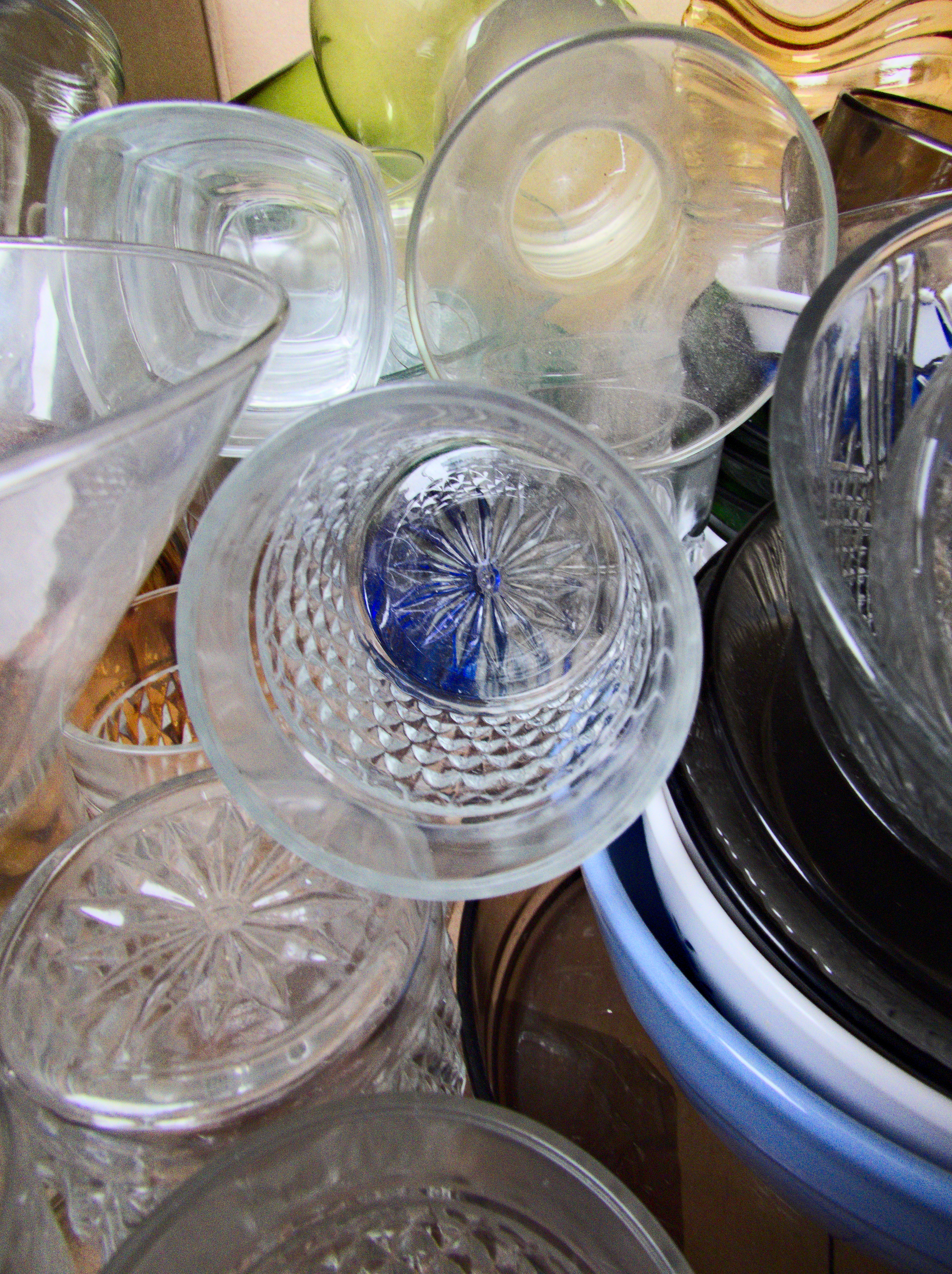
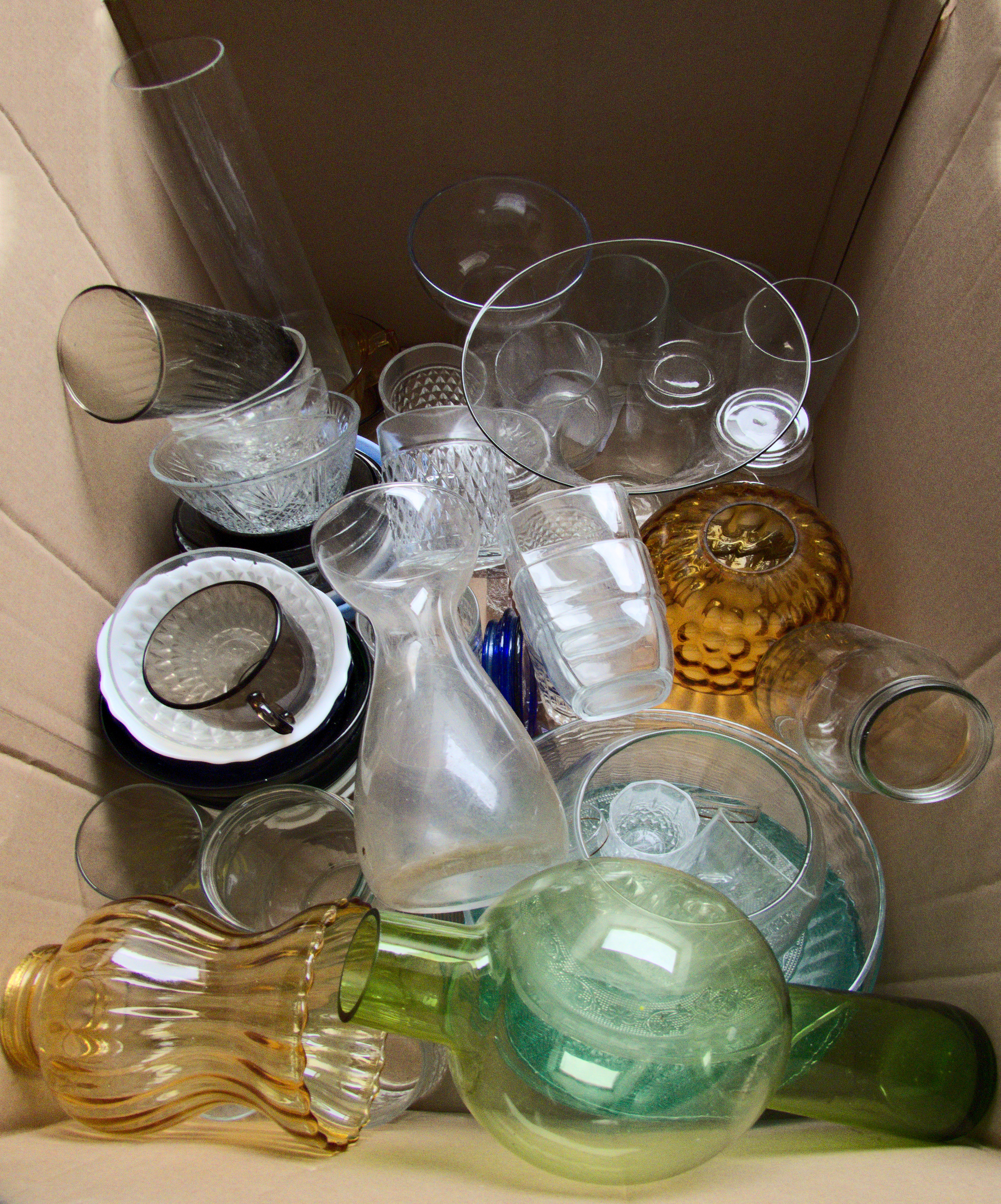
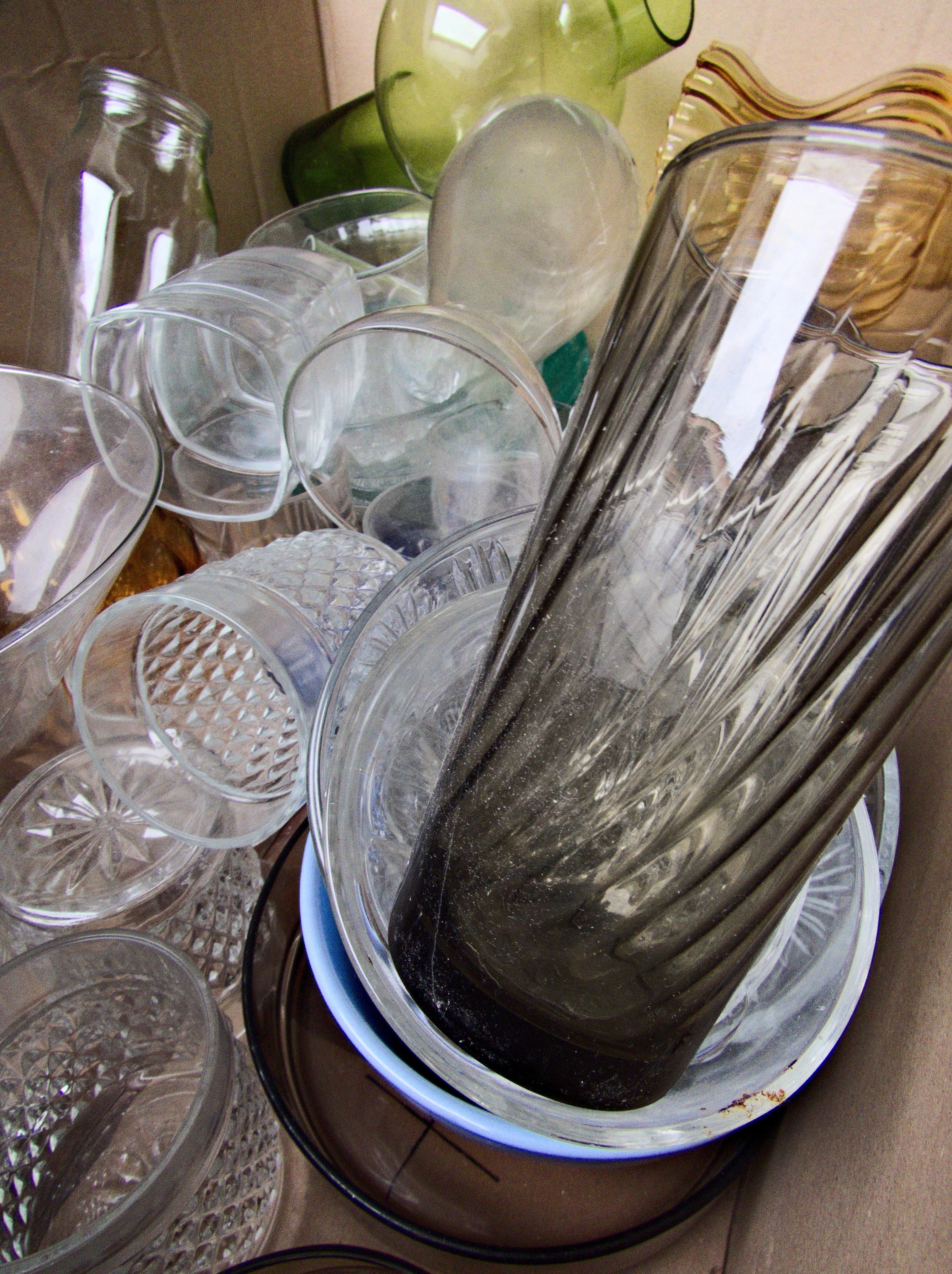
Looking at the quantity of mismatched objects I had collected, I realized that my solutions would need to adapt in size and scale, and should be implementable in the context of the upcycling center. I thus turned myself towards 3D printing and parametric design, which seemed like a fitting solution to address individual requirements while keeping a sense of series.
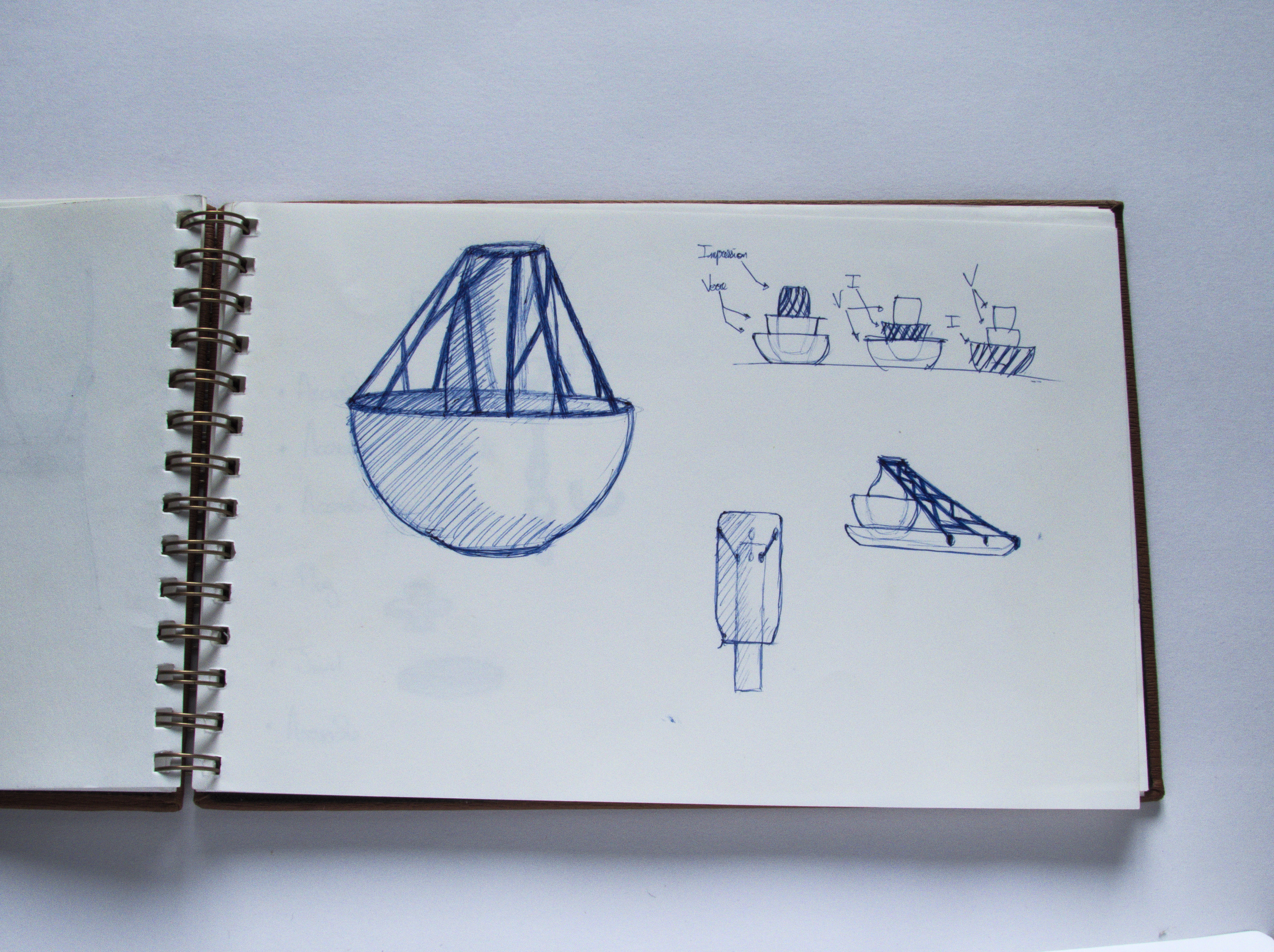
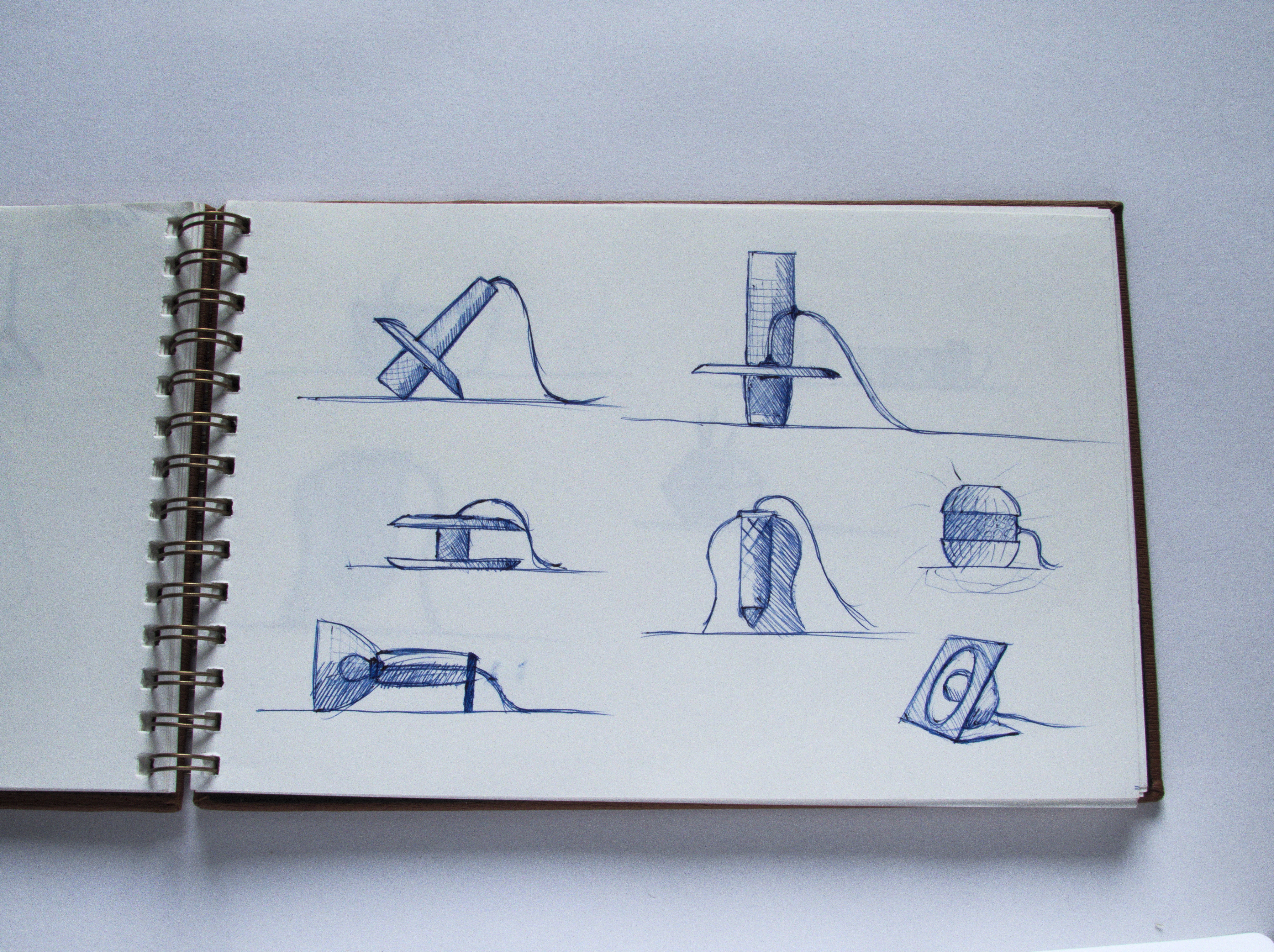
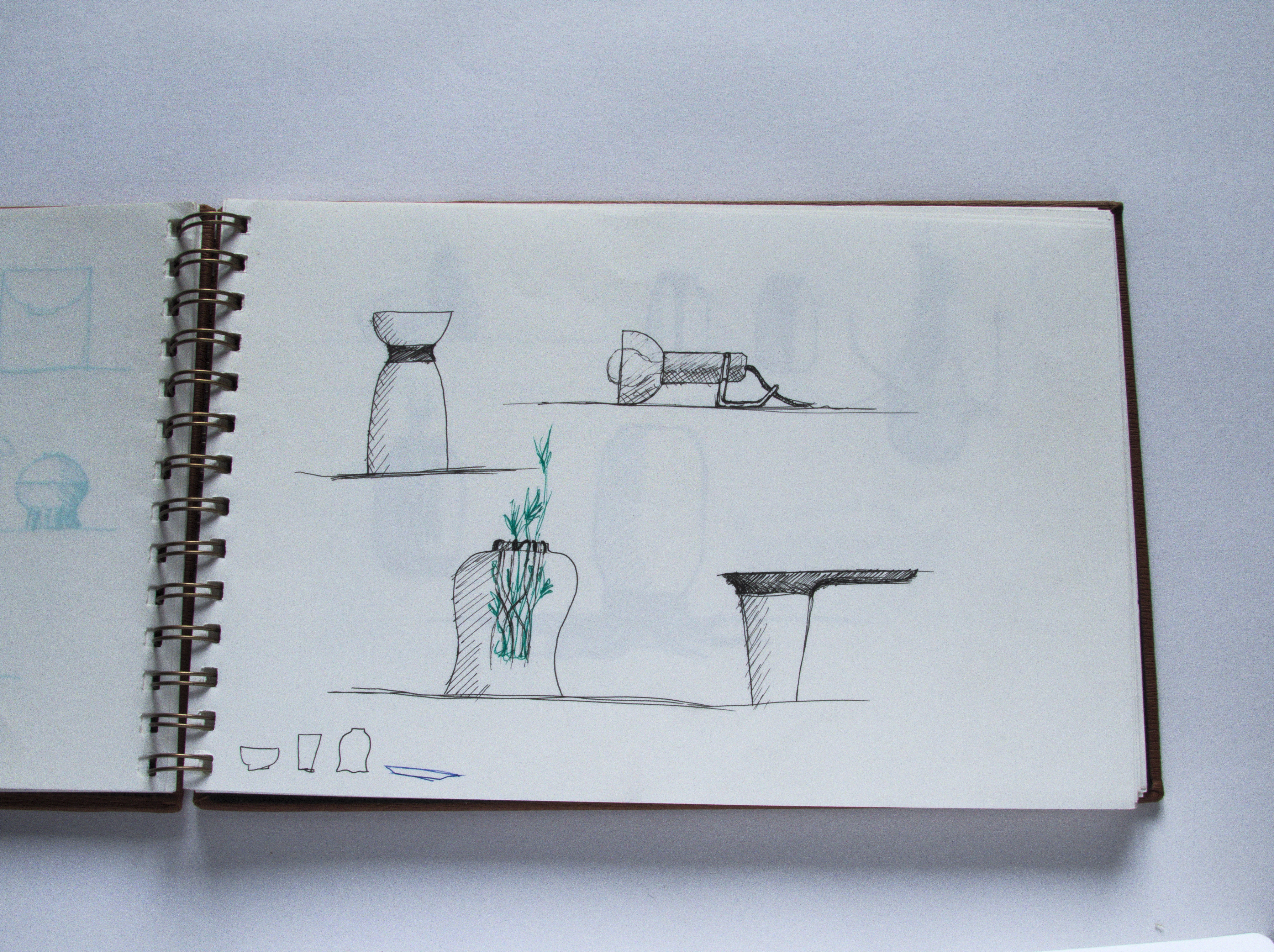
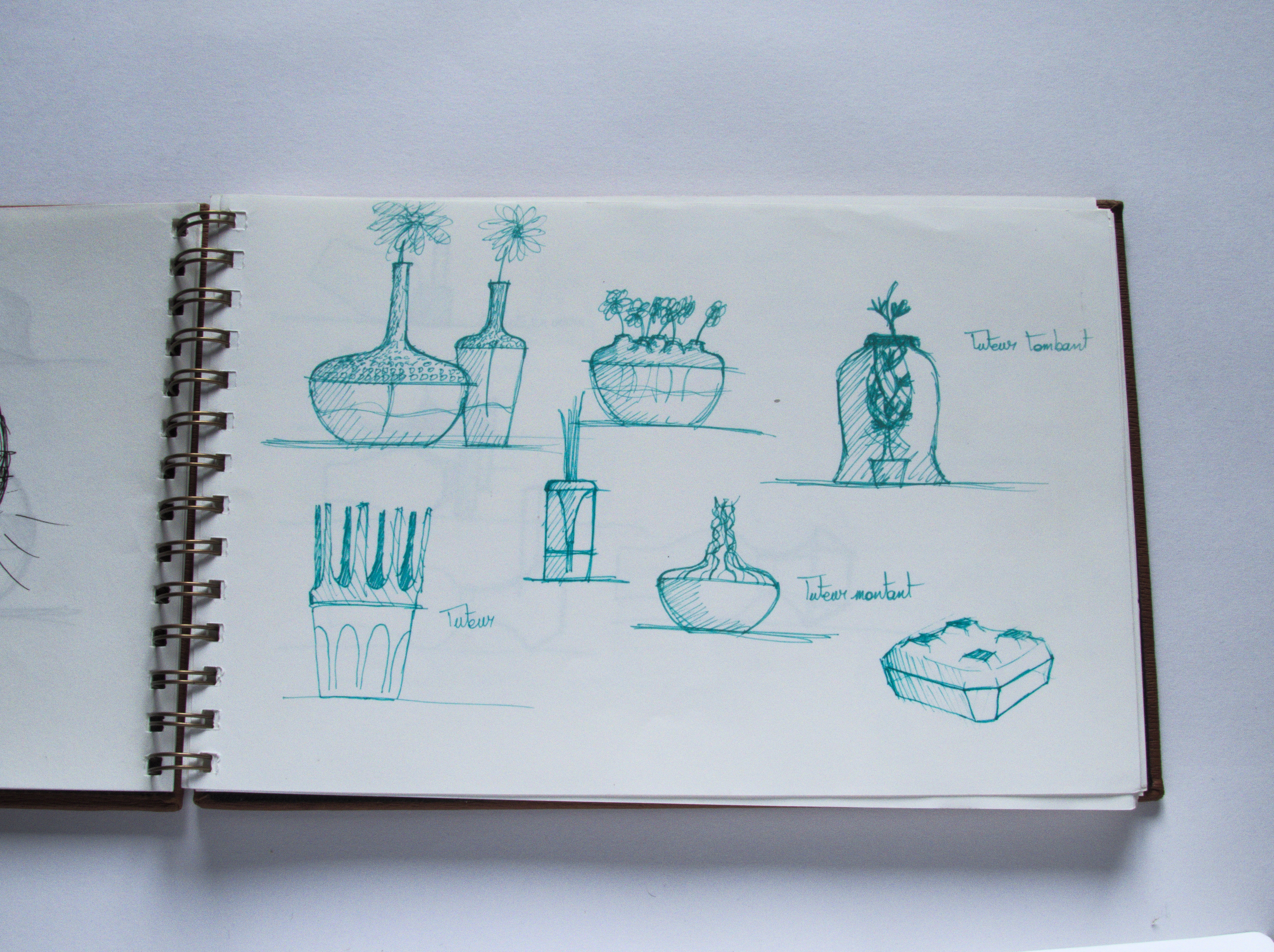
My first experimental direction was to create functional grafts that would add uses to the original object: a bowl turned into a citrus squeezer, a set of mismatched glasses turned into a set of cups… This direction was grounded into the pragmatism needed within social second-hand, acknowledging that the main audience goes there for practical reasons.

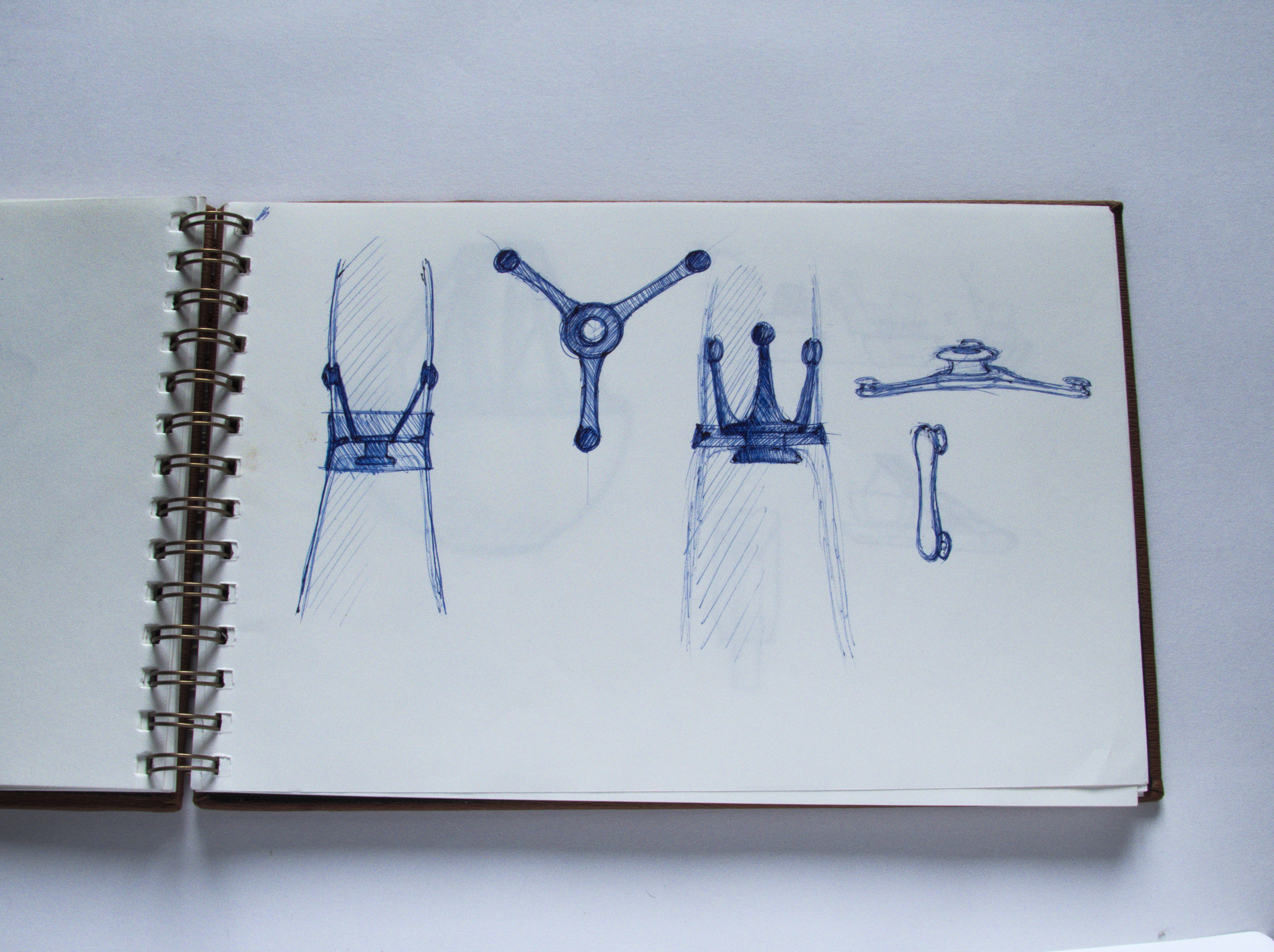
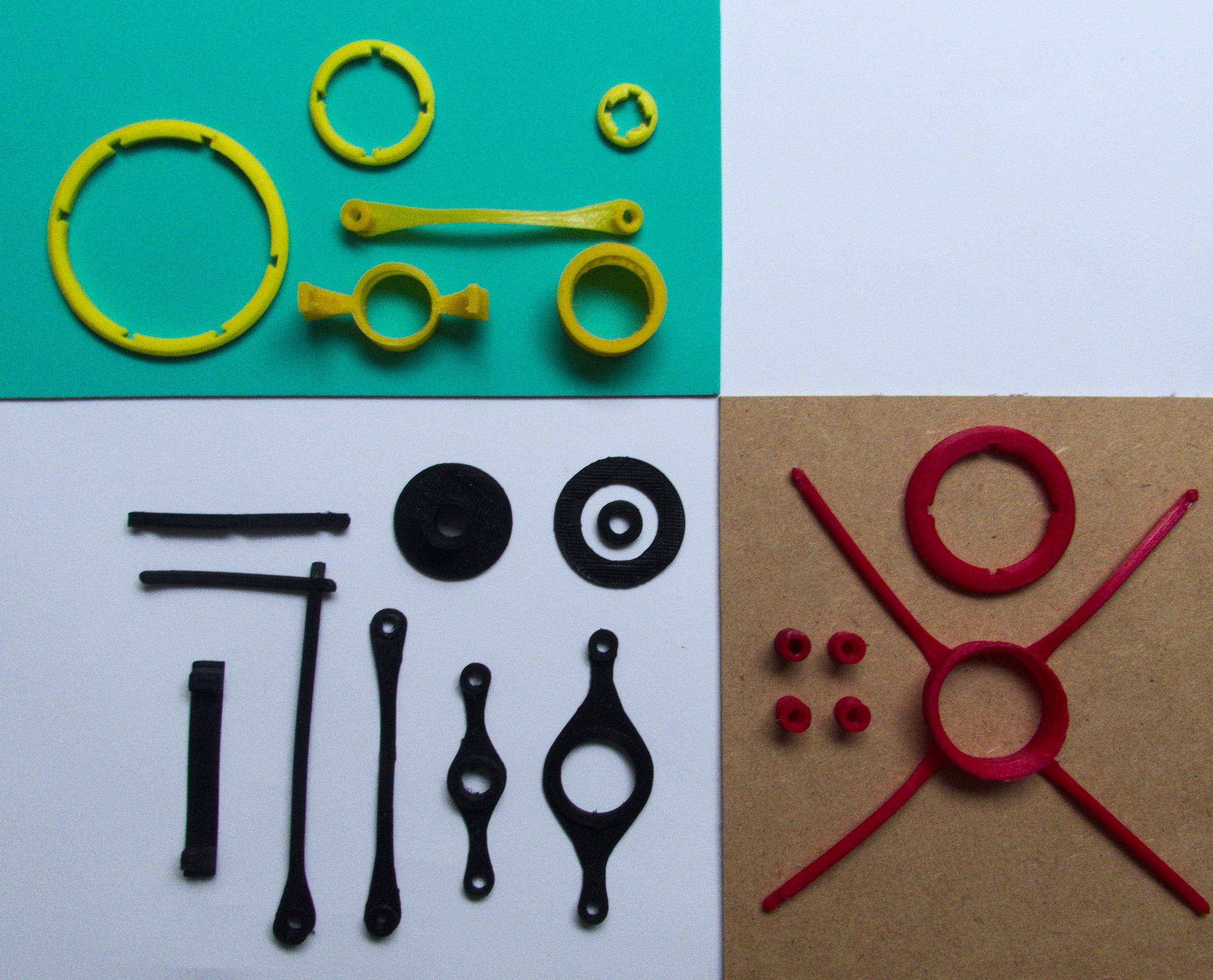
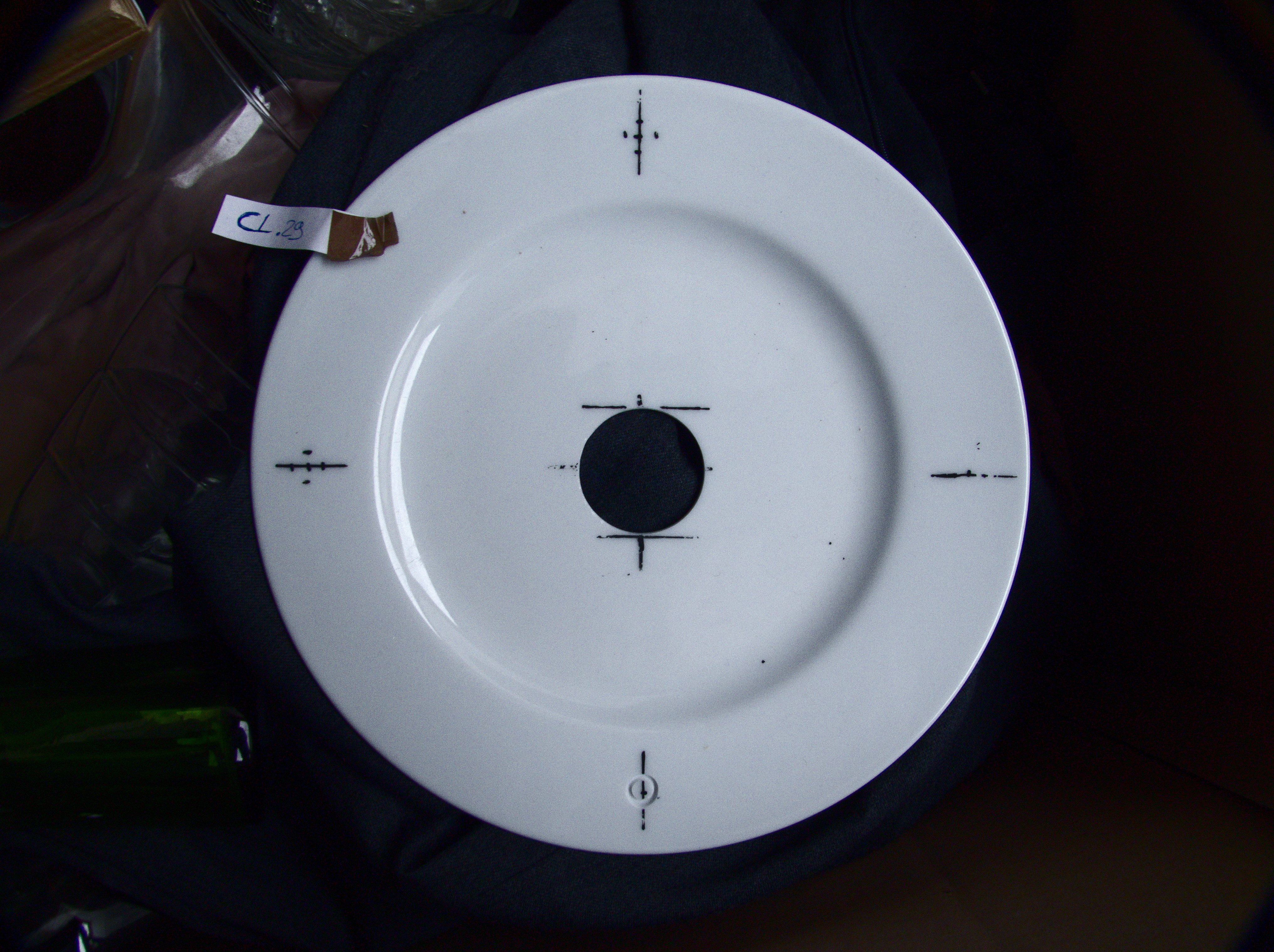
It was soon followed by a more empirical phase where, by physically testing out combinations of items, I came to create connectors that could bind the glass elements together. It was first done without any alteration of the glass, before I started drilling anchor holes into it, bringing new skill sets into the project.
This process allowed a complete freedom in combining shapes, textures and colors. This empirical approach gave birth to a collection of glass creatures on a mission to prove the potential and versatility of this upcycling approach.




